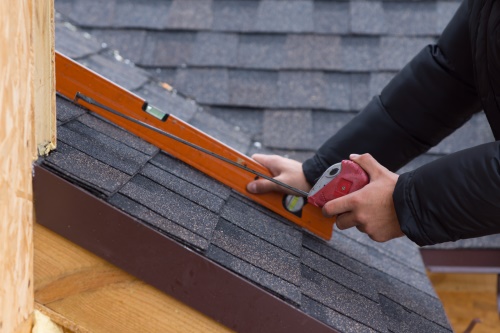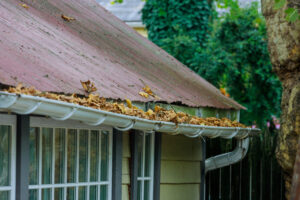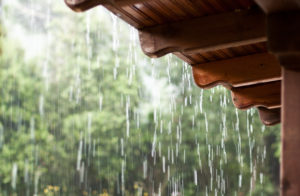What is roof pitch?
In its basic definition, roof pitch – also known as its slope – is the number of inches your roof rises for every foot of depth. As an example, a 6/12pitch represents a rise of six inches for every foot inward toward its peak, also known as its ridge.
The importance of roof pitch
To you, the roof’s pitch may not be critical. As long as it has some sort of angle it will distribute precipitation to the gutters. In turn, it removes it from the roofline via downspouts.
However, this isn’t the case. If the pitch is too high, then precipitation flows not only into the gutters but also down the fascia and soffit onto the foundation. If the pitch is too low, then water from the roof flows slower into the channels.
What is the ideal roof pitch?
It depends on where you live. Regions that receive little or no precipitation during the year can go with a pitch between 2/12 and 5/12. These types of roof’s cost less to construct yet are still sturdy. In addition, they are low maintenance with high energy efficiency.
If you live in an area with average or higher precipitation, such as Kansas City, you want to go with a pitch between 6/12 and 12/12. This range of roof pitches easily allows snow and rain to runoff into the gutters and downspouts. In turn, this minimizes damage to the roof’s covering so maintenance costs remain low.
Do you have the right roof pitch?
To figure this out, speak to a roofing contractor. They can measure your current pitch to see if it is the most efficient for precipitation runoff.
In addition, you can speak with one of our K-Guard specialists when they come out for a free estimate to install a leaf free gutter system. They’ve seen hundreds of roofs, so they have ideas on what angles work best for rain and snow runoff.
When it’s all done, you’ll understand roof pitch and the best angles to keep you safe inside your four walls.




